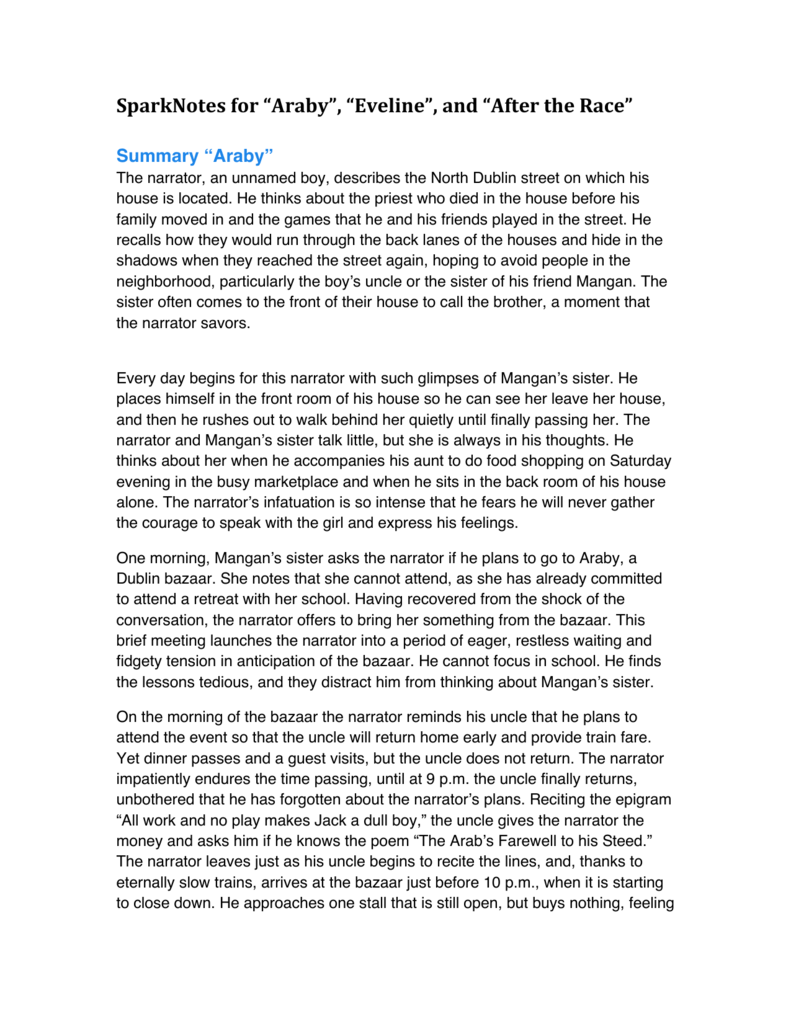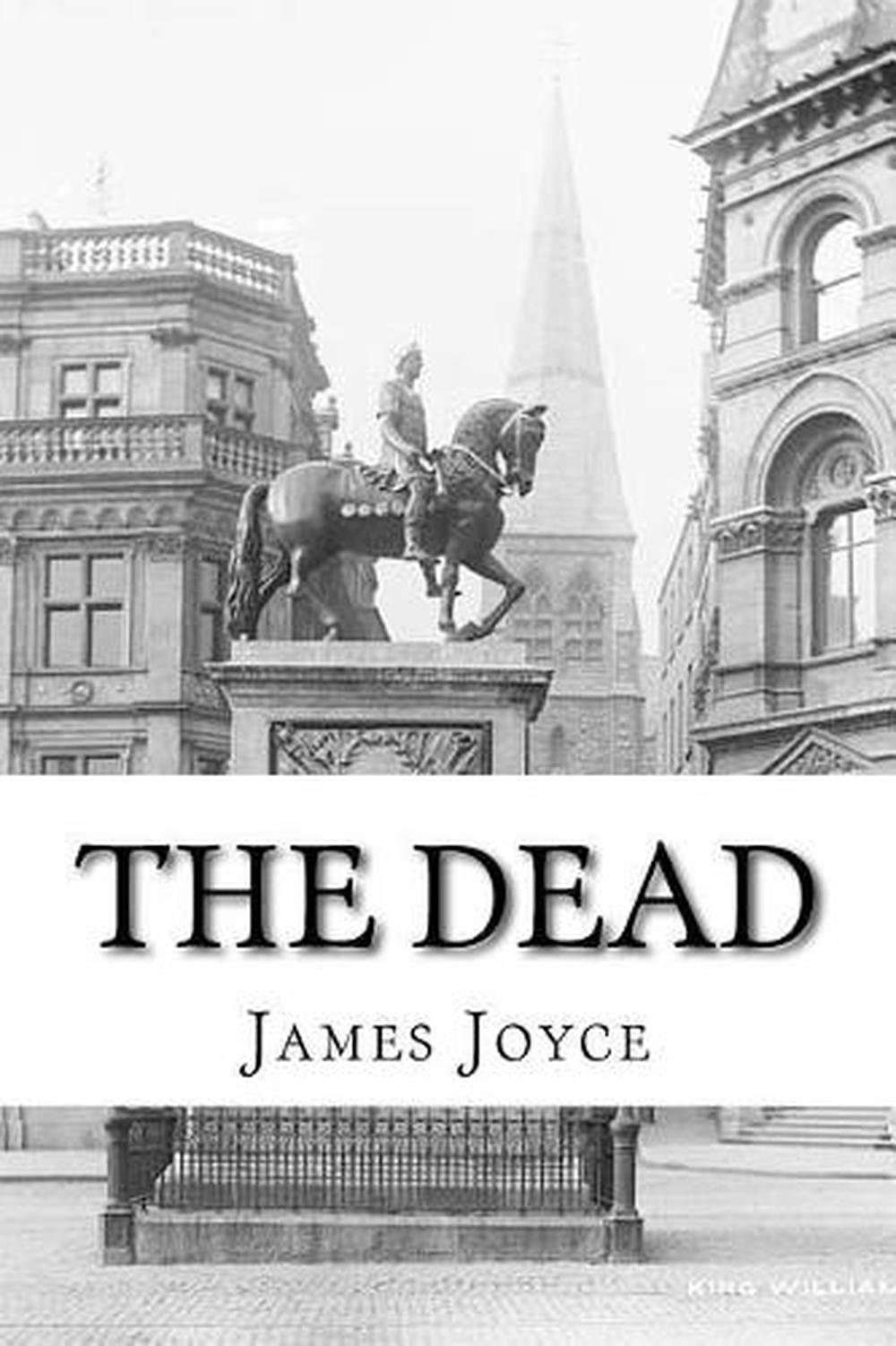

Even the setting, the dinner party, is a repetition. By doing this, Joyce shows his repetition through language. Molly Ivors is referred to as Molly, Molly Ivors and Ms. Joyce constantly refers to his characters by their first and last name, as if the reader did not remember his description of them. The horse’s story seems to have been told numerous times within this group. Like Samuel Beckett who once said that “form is content content is form,” (Jaurretche), Joyce shows repetition and ritual in his narrative. The entire story, “The Dead,” is embedded with allusions of ritual. Not only is this story an illustration of ritual, but the repetition in the way it is told is also a clear allusion to the power of norms. Joyce is showing how engrained norms are in our society. Instead, the group continues to praise Never-to-be-Forgotten John and his ability to obey ritual. The group avoids discussing the politics surrounding King “Billy”-how he overthrew Ireland and imposed penal laws that were enforced for over 100 years. He walked away from the parade to circle around the statue of King William III (Joyce 24), like he is still at the mill. Joyce continues to show us the monotony of the other characters’ lives through various stories and images including Lily, who is extremely obedient, and “Never-to-be-Forgotten John.” The horse was inclined to continuing his ritual duties. Although Joyce shows his reader the difference in values of norms between groups, he continues his story by showing how ritual affects the other characters. Here the prescription that ‘the way we do things’ is ‘the way one should do things’ is a function of a kind of group egoism, a way of defining the group in relation to other groups” (Hetcher and Opp 167). The group discussing the lifestyles of the monks do not understand why they participate.īy showing this group’s inability to accept or understand these norms, Joyce is illustrating that “…cultural contact and conflict can provoke the articulation of norms inside the group. Browne’s reaction to the story is “’I like that idea very much but wouldn't a comfortable spring bed do them as well as a coffin?’” (Joyce 15). Joyce illustrates intense obedience through the image of the monks. An extreme example of characters who live by ritual is the monks, which Joyce describes near the beginning of the story: He was astonished to hear that the monks never spoke, got up at two in the morning and slept in their coffins” (Joyce 15). They all have their functions that are solidified through the rituals they obey.



Many of his characters live their lives like they are part of a machine. Joyce illustrates how norms and rituals embed themselves into his characters’ minds. Therefore, it is promising to construct autonomous artificial agents with a capacity for applying norms. The advantages of norm-governed systems are avoiding useless, stupid, and self-destructive behaviour favoured by the rigid execution of routines, as well as the spreading of errors and deviations produced by pure imitation. Norms are instituted in societies in order to control a population: In this final story of Dubliners, Joyce illustrates the power of social norms. Norms, Ritual and Repetition in “The Dead” In the end, we see that we should not seek to be like him, succumbing to ritual. Instead, the reader is left with a feeling of attachment to Gabriel. If Joyce were to follow a classic form of fiction narrative, Gabriel would experience an epiphany, however, this never happens, as Walzl suggests. He is the reader’s guide through the dinner party. “The Dead” follows the consciousness of Gabriel throughout the story. Through repetition and other themes, Joyce makes his reader feel as if they are a part of the Irish identity during the late 1800s. Joyce’s work is a masterpiece that thrives on metaphors. The resonance of "The Dead" and its peculiarly charged language derives from this depth of historical layering, all the more evocative because it is hidden” (Whelan 59). As suggested by Whelan, this story is deeply influenced by Irish history: “One of the chief discoveries of this excavation is the buried history of the Famine embedded at its center. Joyce’s “The Dead” shows the lifestyles of the Irish middle class in Dublin in the late 1800s.
#The dead by james joyce summary free#
Many Irish people immigrated to places like Dublin to free themselves of the social inequalities in their homeland. During the late 1800s, Ireland merged with the United Kingdom of Great Britain with Scotland.


 0 kommentar(er)
0 kommentar(er)
